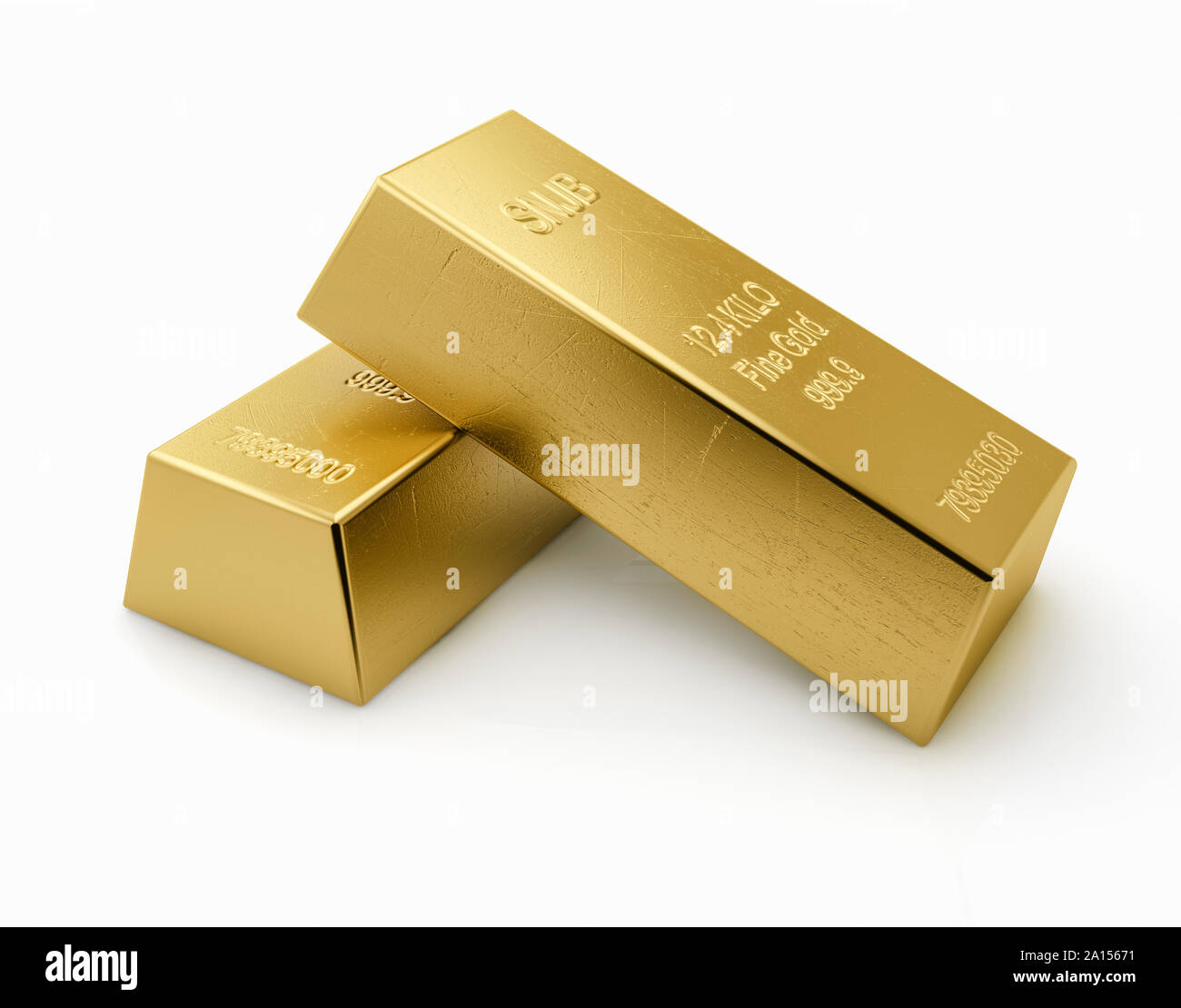The Perfect Ways to Invest In Gold: A Comprehensive Guide
페이지 정보
작성자 Aileen Spell 작성일 25-08-18 19:54 조회 9 댓글 0본문
Investing in gold has lengthy been regarded as a safe haven for preserving wealth, notably during times of economic uncertainty. With its intrinsic value and historic significance, gold stays a popular asset in diversified funding portfolios. This text explores the perfect ways to invest in gold, contemplating various choices, their advantages, and potential drawbacks.

1. Bodily Gold
1.1 Gold Bullion
Investing in bodily gold, equivalent to bullion bars or coins, is some of the straightforward strategies. Bullion is typically purchased in varied weights, with 1-ounce bars being the commonest. Investors can purchase gold from reputable dealers, and it is essential to make sure that the gold is certified for purity, typically no less than 99.5% pure.
Benefits:
- Tangible asset: Investors have bodily ownership of their investment.
- Excessive liquidity: Gold bullion can be simply bought in the market.
- Hedge in opposition to inflation: Gold often retains its worth throughout inflationary periods.
- Storage and insurance: Bodily gold requires safe storage and will incur insurance coverage prices.
- Premiums: Shopping for physical gold usually comes with premiums over the spot value.
Gold coins are another popular type of bodily gold funding. Coins just like the American Gold Eagle or the Canadian Gold Maple Leaf include a government guarantee of weight and purity. They are often wanted by collectors, which can add to their value.
Advantages:
- Collectibility: Some coins may appreciate in value resulting from rarity.
- Legal tender: Many gold coins are thought of legal tender, giving them a further layer of legitimacy.
- Premiums: Coins often have larger premiums than bullion bars.
- Market fluctuations: The value of coins could be influenced by collector demand.
2. Gold ETFs and Mutual Funds
2.1 Gold Trade-Traded Funds (ETFs)
Gold ETFs are investment funds that commerce on stock exchanges, allowing buyers to buy shares that characterize possession in physical gold. These funds sometimes hold gold bullion, and their prices fluctuate with the market value of gold.
Benefits:
- Liquidity: Gold ETFs will be purchased and sold like stocks throughout market hours.
- No storage issues: Investors don't need to worry in regards to the bodily storage of gold.
- Lower charges: Generally, ETFs have decrease charges in comparison with mutual funds.
- Administration charges: While lower than mutual funds, ETFs nonetheless incur administration fees.
- No bodily ownership: Investors do not personal physical gold, which may detract from the attraction for some.
Gold mutual funds put money into companies involved in gold mining and manufacturing. These funds present publicity to the gold market without directly investing in gold bullion.
Advantages:
- Diversification: Buyers acquire publicity to a number of mining corporations.
- Potential for increased returns: Mining stocks can outperform gold costs throughout bullish markets.
- Market risk: Mining stocks may be extra volatile than gold itself.
- Management charges: Mutual funds sometimes have increased charges than ETFs.
3. Gold Mining Stocks
Investing in gold mining firms is one other manner to gain exposure to gold. By buying shares in these firms, investors can profit from the potential appreciation of both gold costs and the operational success of the businesses.
Advantages:
- Leverage: Mining stocks can provide higher returns in a rising gold market.
- Dividends: Some mining corporations pay dividends, providing revenue to investors.
- Operational dangers: Mining companies face dangers associated to production prices, labor disputes, and regulatory challenges.
- Inventory market volatility: Mining stocks could be significantly affected by broader market trends.
4. Gold Futures and Choices
For more skilled investors, gold futures and choices present a technique to speculate on the worth of gold. Futures contracts obligate the purchaser to buy gold at a predetermined worth on a particular date, while choices give the purchaser the best, but not the obligation, to purchase or investing in gold bullion promote gold at a set value.
Advantages:
- High leverage: Futures and choices allow investors to control giant amounts of gold with a relatively small investment.
- Hedging: These devices can be used to hedge towards value fluctuations in physical gold.
- Complexity: Futures and options will be advanced and require a great understanding of the market.
- Risk of loss: Excessive leverage can lead to important losses if the market moves towards the investor.
5. Gold Certificates
Gold certificates represent ownership of a specific quantity of gold without the need for physical possession. These certificates can be issued by banks or monetary establishments and are redeemable for gold.
Advantages:
- No storage issues: Traders do not need to worry concerning the logistics of storing physical gold.
- Simplicity: Gold certificates are simple to buy and sell.
- Counterparty threat: There is a danger that the issuing establishment may default.
- Restricted availability: Gold certificates are not as commonly accessible as different investment choices.
Conclusion
Investing in gold could be an efficient solution to diversify a portfolio and protect towards financial instability. Each methodology of investing in gold has its personal benefits and disadvantages, and the most effective strategy depends upon particular person investment objectives, threat tolerance, and market circumstances. If you loved this article and you also would like to be given more info with regards to https://jobs.foodtechconnect.com/companies/buy-gold-and-silver-online kindly visit the web site. Whether or not selecting physical gold, ETFs, mining stocks, or futures, traders ought to conduct thorough research and consider looking for advice from financial professionals to make knowledgeable decisions. Finally, gold can serve as a invaluable part in a well-rounded investment technique, offering both safety and potential for development in an ever-changing monetary landscape.
- 이전글 Unlocking Opportunities: A Guide to Prequalifying for Personal Loans with Unhealthy Credit Score
- 다음글 What Is The Future Of Cat Door Maintenance Be Like In 100 Years?
댓글목록 0
등록된 댓글이 없습니다.

